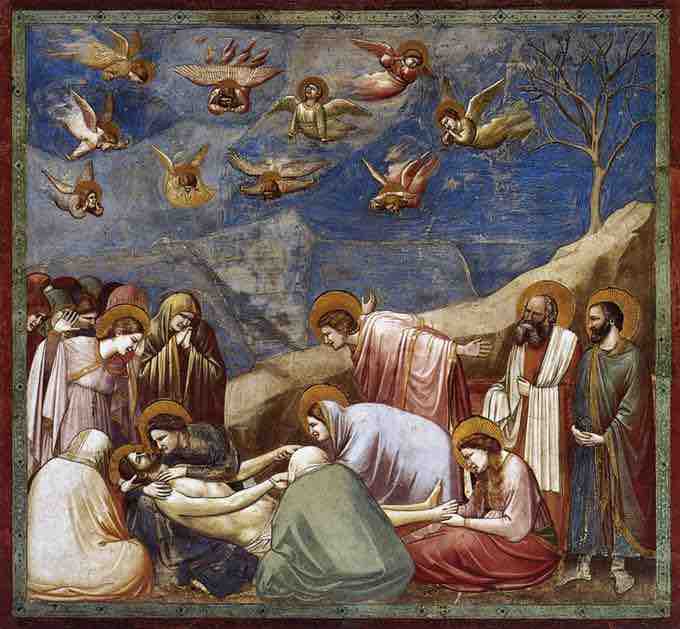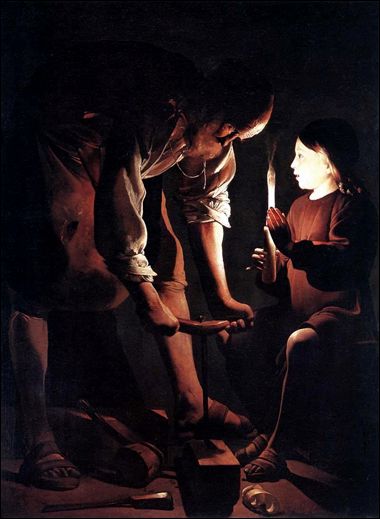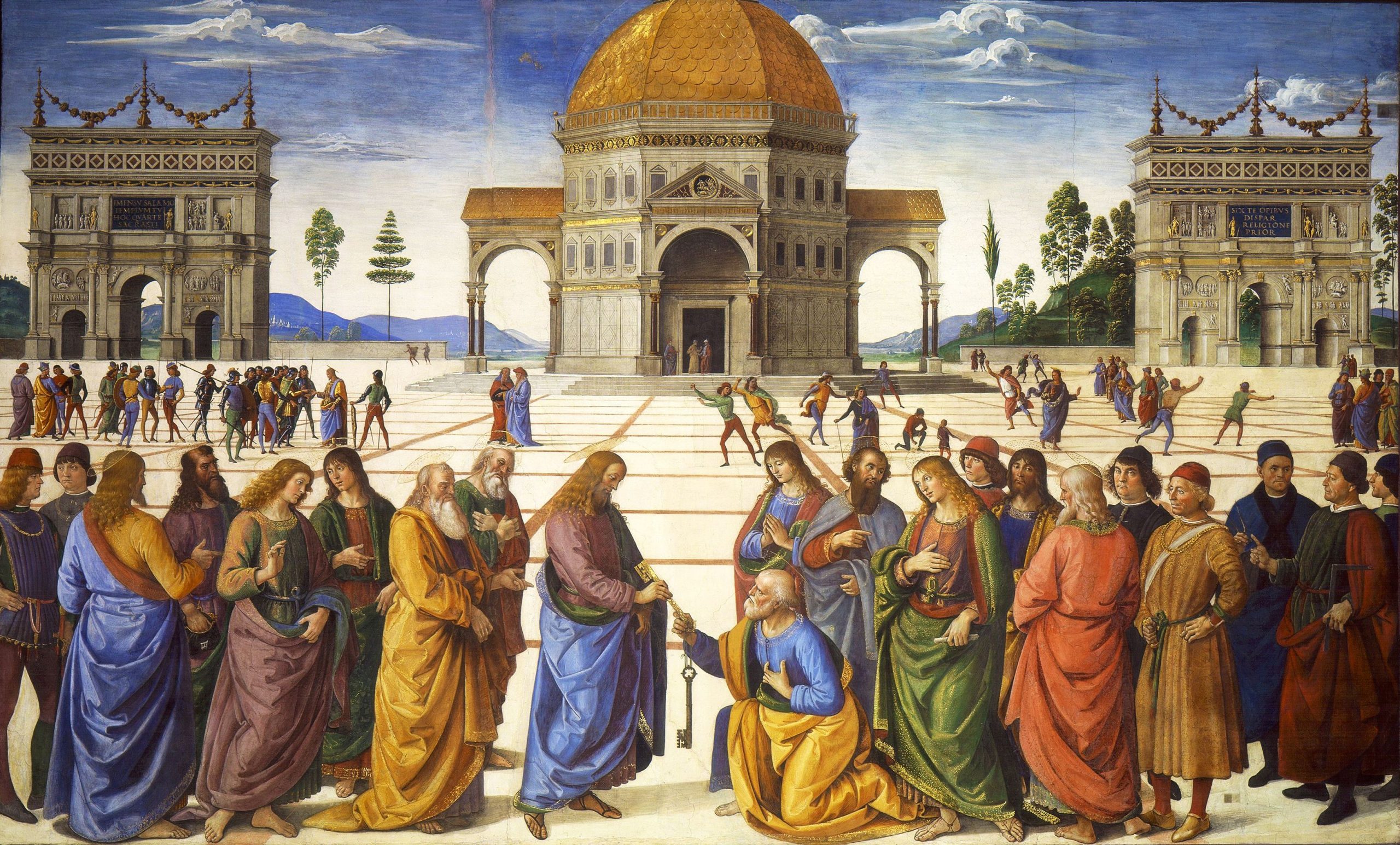It was toward the end of the 14th century that the early Renaissance period began in Florence, Italy. During this period even though the subject matter of art remained mostly Christian there were different symbols and themes introduced which took ideas from modern philosophy and classical mythology. At this time some other changes that took place were even though artworks still portrayed subjects like Jesus, Mary and the saints they took on a realistic human form so very different from the late Middle Ages and Byzantine art when these subjects took on an abstract form. This was due to the fact that by this time people had a greater understanding of human anatomy, unlike the way Byzantine painters painted rigid and two-dimensional figures.

In Renaissance art, the early Renaissance artists went back to Classical Roman and Greek ideals and depicted the true human form in painting and sculpture. They looked to these cultures in order to give the gods human faces and expressions. Artists also began to depict such mythological characters in their artwork like Venus and Mars. To make their portraits more realistic Renaissance painters started experimenting with the concept of depth as well as shadow and light to be able to highlight particular expressions and features. When it came to Perspective painting the artist’s main concern was symbolism. This art form meant that the artist had to decide on a central point and then paint all other objects in a way that made them appear to be moving toward the central object.

Another thing that added dimension to paintings was Foreshortening. This meant that the main object of the painting was generally larger so that it could be angled toward the viewer to give it a third-dimensional appearance. It was Leonardo da Vinci who developed the Sfumato technique in oil painting. This featured fine shading in order to develop soft transitions between each color tone. Then each layer of the painting is coated with fine paint which blurs shadows and softens edges. This is a great technique, especially when depicting haze or mist and allowing unusual facial features to be shown. Sfumato is an Italian word that means “smoky.”This gave a certain mysterious allure to Renaissance art.

Another style that da Vinci developed was known as the Chiaroscuro style and depicted oil paintings in a tonal unity. This made use of the vibrancy of every color consistently throughout. It allowed artists to create works of art that were natural to the scene. This particular technique also allowed for the utilization of light and dark paint giving the painting a three-dimensional look.
The three concepts Foreshortening, the Stumato technique, and the Chiaroscuro style gave a completely different perspective as to how viewers saw paintings. It was new and unique and allowed artists to make their paintings more realistic and made the viewer feel as if he or she were part of the scene depicted. One could say that the period of Renaissance art was an exciting and innovative time.

The whole collection and the shared information is useful in one of my research paper, Thanks
The excellent blogging platform, I read it thoroughly. Best writing thanks for the nice platform.
This article on Renaissance art is a great follow up to your other article about Romanesque art. Actually I have a great admiration for most events that occurred during the Renaissance period; especially the artwork.
What is the name of the first painting?